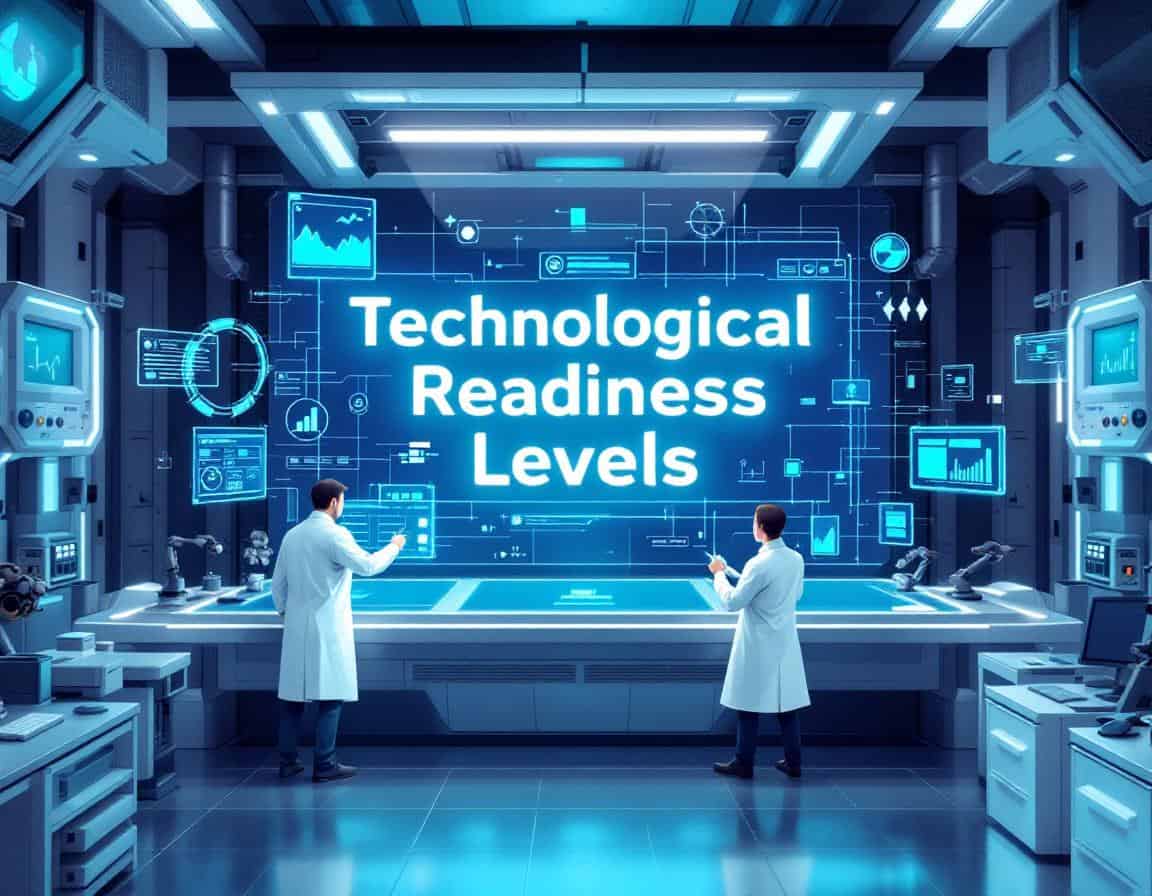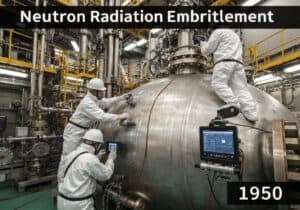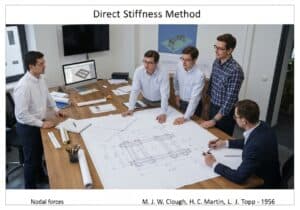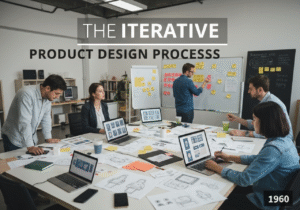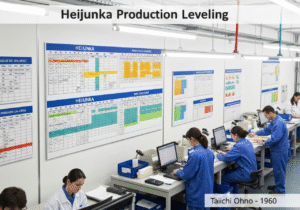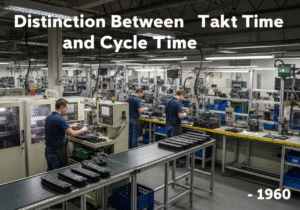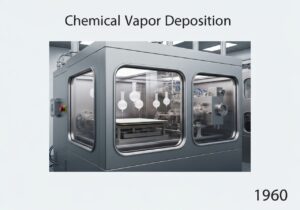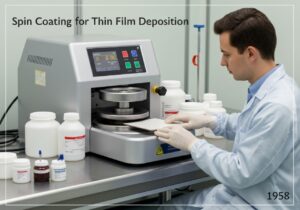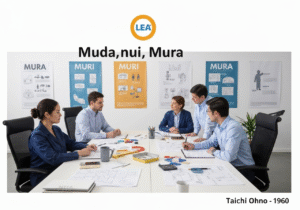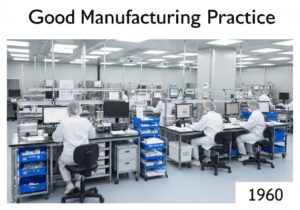Technological Readiness Levels (TRL) scoring and methodology serve as pivotal frameworks in Research and Development (R&D) that guide project management and company planning across various sectors, including aerospace, healthcare, and manufacturing. Originating from NASA in the 1970s, TRLs provide a structured approach to assessing the maturity of technologies, with a nine-level scale that ranges from basic principles (TRL 1) to fully operational systems (TRL 9).
Key Takeaways
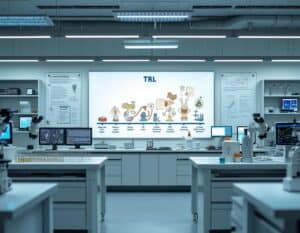
- Originated by NASA, adopted globally for R&D.
- Nine levels ranging from basic principles to proven systems.
- Facilitates risk management and informed funding choices.
- Evaluation based on key criteria for each TRL level.
- Aligns with various phases of project development.
- Consider context and potential misuse of TRL framework.
According to a report by the European Commission, effective application of TRLs has been shown to improve the likelihood of successful project completion by up to 70%, highlighting their importance in risk management and decision-making processes for funding and technology transition.
Definition of Technological Readiness Levels TRLs
Technological Readiness Levels (TRLs) serve as a metrics framework designed to evaluate the maturity of technologies. Originally conceived by NASA in the late 1970s as part of the Space Shuttle program, the purpose was to enable a structured way to assess the readiness of emergent technologies for inclusion in space missions. TRL assessments help in identifying technological gaps and in making informed decisions about project funding, planning, and risk management.
The TRL scale consists of nine distinct levels, each representing a phase of development. Level 1 denotes the basic principles observed, while Level 9 signifies that the technology has been proven in an operational environment:
| Level | Description & details (note: examples are fictive, for understanding) |
| TRL 1 | Basic principles observed: scientific research begins to translate into applied research and development. Activities might include paper studies of a technology’s basic properties.
|
| TRL 2 | Technology concept formulated: invention begins. Once basic principles are observed, practical applications can be invented. Activities are limited to analytic studies.
|
| TRL 3 | Analytical and experimental proof of concept: active research and development begin, including both analytical studies and laboratory experiments to validate that the theoretical predictions are correct.
|
| TRL 4 | Technology validated in lab environment: technology validated through designed investigation. Examples might include analysis of the technology parameter operating range. The results provide evidence that envisioned application performance requirements might be attainable.
|
| TRL 5 | Technology validated in relevant environment: reliability of technology significantly increases. Examples could involve validation of a semi-integrated system/model of technological and supporting elements in a simulated environment.
|
| TRL 6 | Technology demonstrated in relevant environment: prototype system verified. Examples might include a prototype system/model being produced and demonstrated in a simulated environment.
|
| TRL 7 | System prototype demonstration in operational environment: a major step increase in technological maturity. Examples could include a prototype model/system being verified in an operational environment.
|
| TRL 8 | Actual system completed and qualified through test and demonstration: system/model produced and qualified. An example might include the knowledge generated from TRL 7 being used to manufacture an actual system/model, which is subsequently qualified in an operational environment.
|
| TRL 9 | Actual system proven in operational environment: system/model proven and ready for full commercial deployment. An example includes the actual system/model being successfully deployed for multiple missions by end users.
|
This linear progression creates a clear map from conceptualization to mature deployment, facilitating communication among stakeholders across various phases of product development and innovation.
TRLs in R&D Project Management

This structured approach allows project managers to objectively analyze where their...
You have read 51% of the article. The rest is for our community. Already a member? Log in
(and also to protect our original content from scraping bots)
Innovation.world community
Login or Register (100% free)
View the rest of this article and all members-only content and tools.
Only real engineers, manufacturers, designers, marketers professionals.
No bot, no hater, no spammer.
